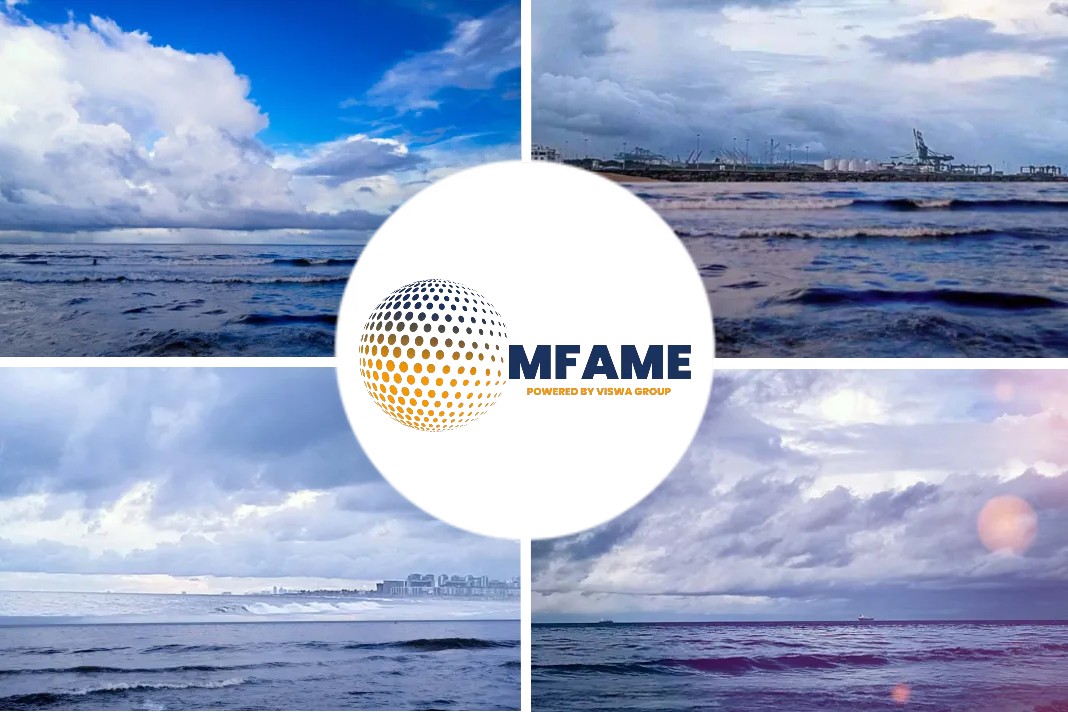
- The IMO’s Marine Environment Protection Committee is expected to adopt a revised greenhouse gas (GHG) strategy at its 80th meeting in July 2023.
- The Revised IMO GHG Strategy should set clear 1.5-aligned interim targets, for example GHG emissions reduction targets for 2030 and 2040.
- Provisions for revenue allocation could also include a system of funding seafarer training for new fuels and other decarbonization technologies.
This Insight Brief summarizes discussions from the Global Maritime Forum’s Annual Summit around the policy imperative to decarbonize shipping in line with the Paris Agreement’s 1.5 degree temperature goal, in the context of the momentum for policy action that has emerged over the past years.
New GHG strategy
The International Maritime Organization (IMO) is at a critical juncture in the development of regulation to ensure a smooth transition to sustainable global maritime trade.
The IMO’s Marine Environment Protection Committee is expected to adopt a revised greenhouse gas (GHG) strategy at its 80th meeting in July 2023.
In parallel, the IMO is negotiating a policy package with specific measures and incentives to transform shipping and deliver the GHG strategy’s levels of ambition.
These include proposals for a carbon price mechanism and a global GHG fuel standard.
Added risk
Stakeholders in the shipping industry and the broader shipping value chain know that it will carry significant risk – in both short and long term – if global regulation is ambiguous, delayed, and poorly designed for this critical evolution of the industry.
For this reason, GMF discussions echoed the now wide call from across shipping’s industry associations for IMO to adopt a high ambition GHG Strategy and associated regulation to transform shipping and ensure a level playing field and commercial viability.
Main findings
The main findings of this Insight Brief are that:
– The Revised IMO GHG Strategy should set clear 1.5-aligned interim targets, for example GHG emissions reduction targets for 2030 and 2040.
Targets should be guided by IPCC science and specify the reduction rates over each decade. The IPCC science indicates GHG reductions in 2040 at least 80% below 2008 emissions.
A higher value (90% or more) is likely to be necessary to acknowledge that deep absolute reductions may not be achievable by 2030.
– A combination of policy measures is the best way to close the competitiveness gap between fossil fuels and scalable zero emissions fuels (SZEF) and phase out GHG emissions.
This is because no single individual measure is likely to effectively do this on its own.
– A combination of policy measures could at least include 1) an economic instrument, for example a carbon levy as this is the simplest to administer for industry, and it can generate revenue to support the transition, and 2) a global GHG fuel standard, as this would send a clear signal to industry for gradual and final phase-out of GHG emissions.
– Both the Revised IMO GHG Strategy and policy measures must adopt a well-to-wake framing for targets and incentives.
– Provisions for revenue allocation and spending should be developed to ensure an effective transition that is also just and equitable for workers, communities and countries. Provisions should include climate finance for developing countries, especially SIDS and LDCs.
– Provisions for revenue allocation could also include a system of funding seafarer training for new fuels and other decarbonization technologies.
Other options are support for development, distribution, and buying of SZEF and development of zero emission vessels.
Zero emission technology
Following these recommendations and steps to take for the IMO, we are more likely to create strong demand for SZEFs, zero emission technologies and vessels, which will maximize the required investments in shipping decarbonization including the critically important land-side investment in new scalable zero emission energy supply chains.
Strong, clear regulation at the IMO is the safest way to ensure that both the fleet and fuels needed will be available in the quantities needed for a 1.5-aligned transition.
The available time to reduce GHG emissions in line with 1.5 is so compressed, that failure to agree on science-based interim targets in 2023 could mean that investments and an orderly transition would no-longer be possible.
Shipping decarbonization
The paper further stresses that shipping’s decarbonization transition will have huge implications for seafarers and maritime workers across the value chain.
It is critically important that the voice of seafarers is listened to in the revision of the Strategy and policy measures, and in the continuous work to review and improve regulation.
Globally fragmented transition
There is a need for stakeholders in the shipping industry and value chain to help amplify these requests.
The damage to the industry that can result from the significant downside risk of a late, disorderly, or globally fragmented transition means that it’s in our collective interest that IMO provides clarity and ensures a level-playing field by taking the above steps.
Now is the time to seize the window of opportunity and put trust in the IMO to adopt a clear and ambitious strategy with the policies the industry and its value chain needs to manage the risks and opportunities of important new investments.
Did you subscribe to our Newsletter?
It’s Free! Click here to Subscribe.
Source: Global Maritime Forum















